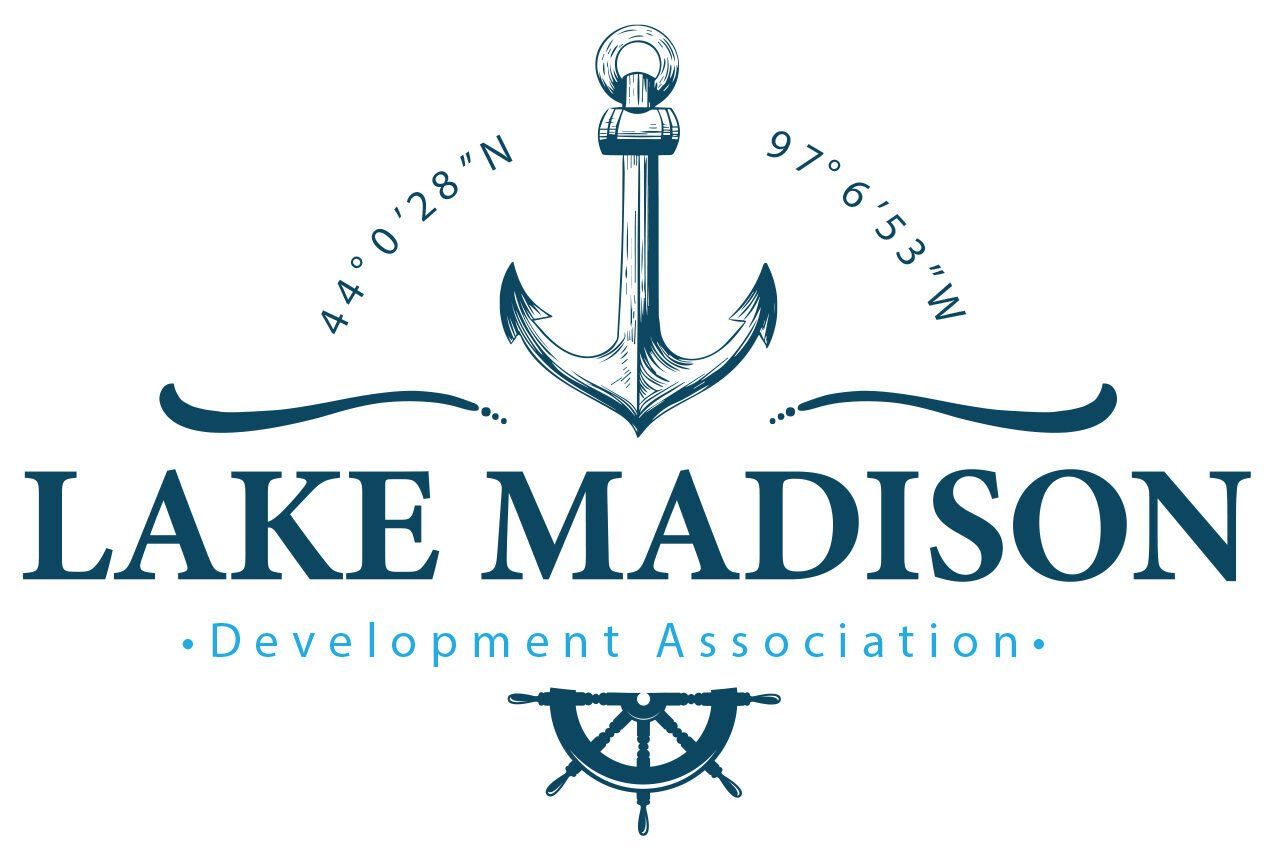Clean Water & Invasive Species
Like many other states, South Dakota faces water pollution problems in its lakes due to various factors such as urbanization, agriculture, and industrial activities.
Agricultural practices such as fertilizer, manure application, and pesticide usage have been identified as significant sources of nutrient and chemical pollution in South Dakota's lakes. These nutrients and chemicals can cause harmful algal blooms (HABs), which can be toxic to aquatic life and humans. In addition, urbanization and industrial activities can introduce pollutants such as heavy metals and chemicals into the waterways.
To address water pollution in South Dakota's lakes, several measures can be taken:
- Agricultural best management practices (BMPs) such as reduced fertilizer and pesticide use, cover crops, and conservation tillage can help to reduce nutrient and chemical runoff into lakes.
- Urban stormwater management practices such as rain gardens and green roofs can help to reduce pollution from urbanization.
- Wastewater treatment plants can be upgraded to remove nutrients and chemicals from wastewater before it is discharged into lakes.
In addition to these measures, it is also essential to raise awareness among the public about the importance of protecting water resources and to encourage individual actions such as reducing water usage and properly disposing of hazardous waste.
Overall, addressing water pollution in South Dakota's lakes will require a multi-pronged approach involving regulatory and voluntary measures to reduce pollution from various sources.
The LMDA has a special fund to address water quality. We are working with other lakes, conservation groups along with local, state and federal entities to get Lake Madison water to the cleanest levels in decades. This is a slow process and we need your help.
Dear Ms. Hagger-Tuschen,
South Dakota Game, Fish and Parks (GFP) is continuing to expand our Aquatic Invasive Species (AIS) efforts this year and one of the ways we are hoping to do this is by reaching out to members of Lake Associations.
Your contact is one we have for Lake Madison. Attached is a letter from Kevin Robling, the Department Secretary, that outlines opportunities for partnering. We were hoping you can distribute this to your association’s members.
Additionally, I’ve attached the job descriptions for summer seasonal positions and ask that you share these with those who may be interested in the positions. Intern positions are ideal for college students and seasonal positions are available for anyone not currently in college or a recent college graduate. Filling these positions will help increase the number of watercraft inspections for Aquatic Invasive Species in eastern South Dakota this summer.
Please don’t hesitate to contact Tanner Davis, the GFP AIS Coordinator, at Tanner.Davis@state.sd.us or 605.366.3564 if you have any questions or comments and we appreciate any assistance you can provide in distributing this information or coordinating any responses.
Sincerely,
Jake Davis
Jake Davis | Fisheries Program Administrator
South Dakota Game, Fish and Parks
4130 Adventure Trail| Rapid City, SD 57702
605.394.1759 | jake.davis@state.sd.us
gfp.sd.gov
Click below to read each document
